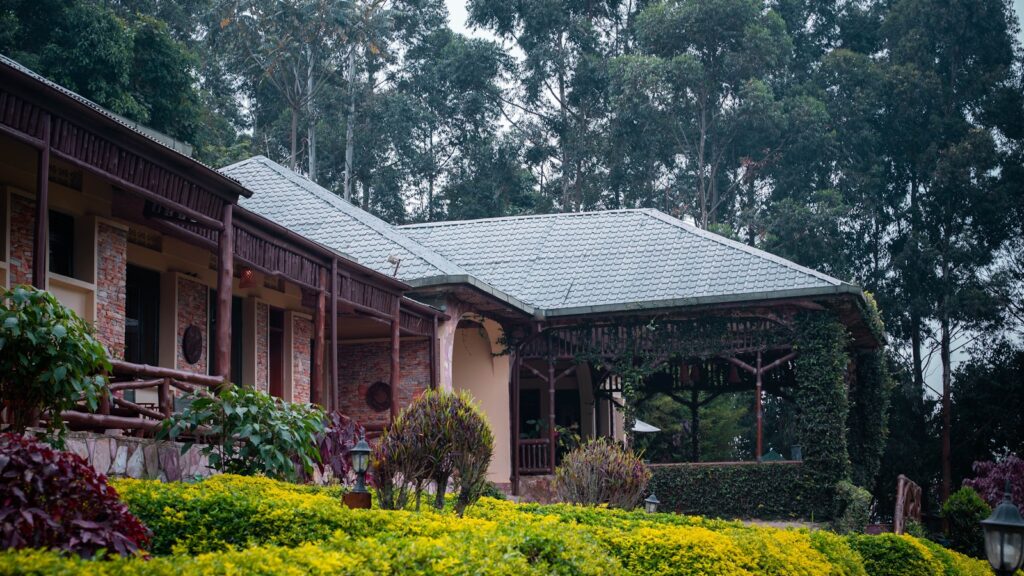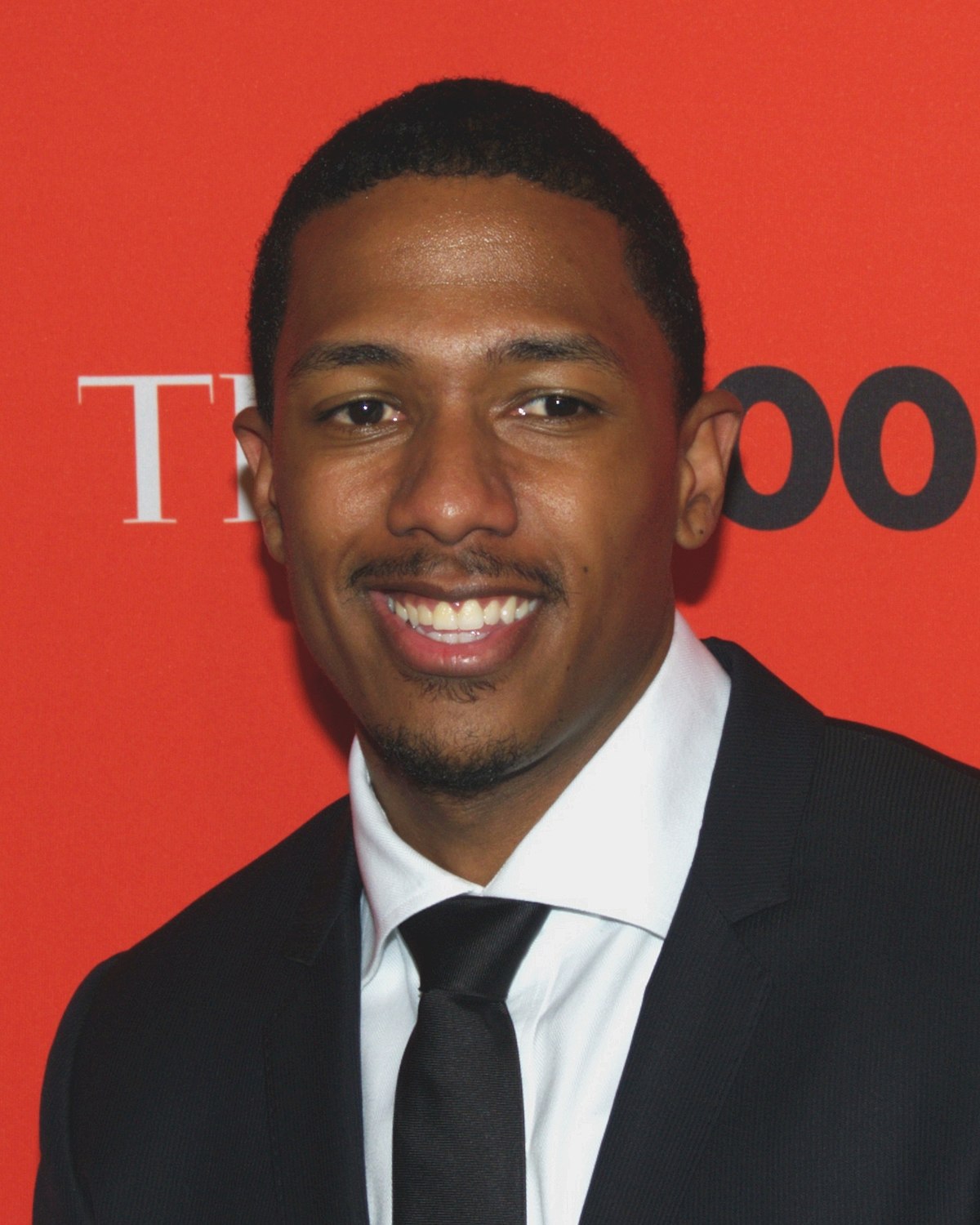
A significant development within the British monarchy has captured global attention, revealing a new chapter for Prince William and his wife, Princess Kate. The esteemed couple, along with their three children, Prince George, Princess Charlotte, and Prince Louis, are embarking on a major relocation, a decision that has sent ripples of intrigue through royal observers worldwide. This move, much like other recent events surrounding The Firm, underscores a period of transformation and adaptation for the House of Windsor.
While the news has been largely met with excitement by royal enthusiasts, it has also brought to light a fascinating undercurrent of familial dynamics. Reports indicate that King Charles III was initially less than pleased with his son and daughter-in-law’s plans, adding a layer of complexity to what might otherwise appear as a straightforward change of address. Such insights into the inner workings of the royal family offer a rare glimpse into the personal considerations that shape their public roles.
This article aims to provide an in-depth analysis of this momentous decision, dissecting the practicalities, the emotional impetus, and the reported monarchical reactions. We will explore the details of their new residence, the reasons behind their departure from their current home, the timing of this pivotal transition, and the delicate negotiations that smoothed over initial royal discord, all while adhering to the rigorous standards of journalistic inquiry.
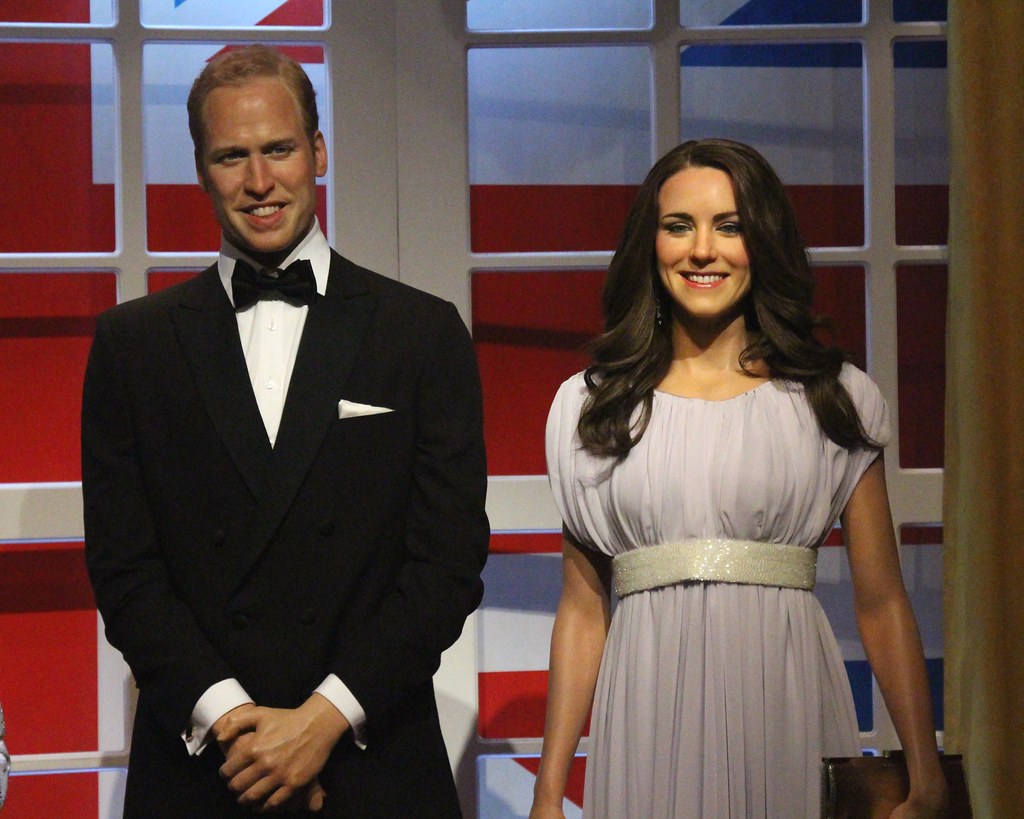
1. **The Royal Announcement: William and Kate’s Major Move**The Prince and Princess of Wales are set to embark on a new chapter, officially confirming their decision to move into a new house later this year. This marks a significant transition for the royal couple and their children, Prince George, Princess Charlotte, and Prince Louis, as they prepare to leave Adelaide Cottage in Windsor, where they have resided for the past three years. The announcement signals a desire for a refreshed environment and a potential shift in their family’s daily rhythms, underscoring their ongoing efforts to balance public duty with private life.
Their current home, Adelaide Cottage, has served as a charming, if modest, four-bedroom residence nestled right on the Windsor Castle grounds. The couple had initially moved into this picturesque location in August 2022, seeking to escape the incessant hustle and bustle of London, which had defined their previous residency. It was a strategic choice, offering a degree of tranquility and discretion away from the capital’s constant gaze, aligning with their aspiration for a more settled family life.
During their time at Adelaide Cottage, William and Kate intentionally cultivated a family refuge, striving to raise their three children as normally as possible. A key aspect of this endeavor was the absence of any live-in staff, a notable departure from traditional royal household arrangements. This commitment to a more private existence, shielded from intense public scrutiny, was a hallmark of their tenure at the cottage, contrasting sharply with their former home at Apartment 1 at Kensington Palace, a well-known royal estate and a magnet for tourists.
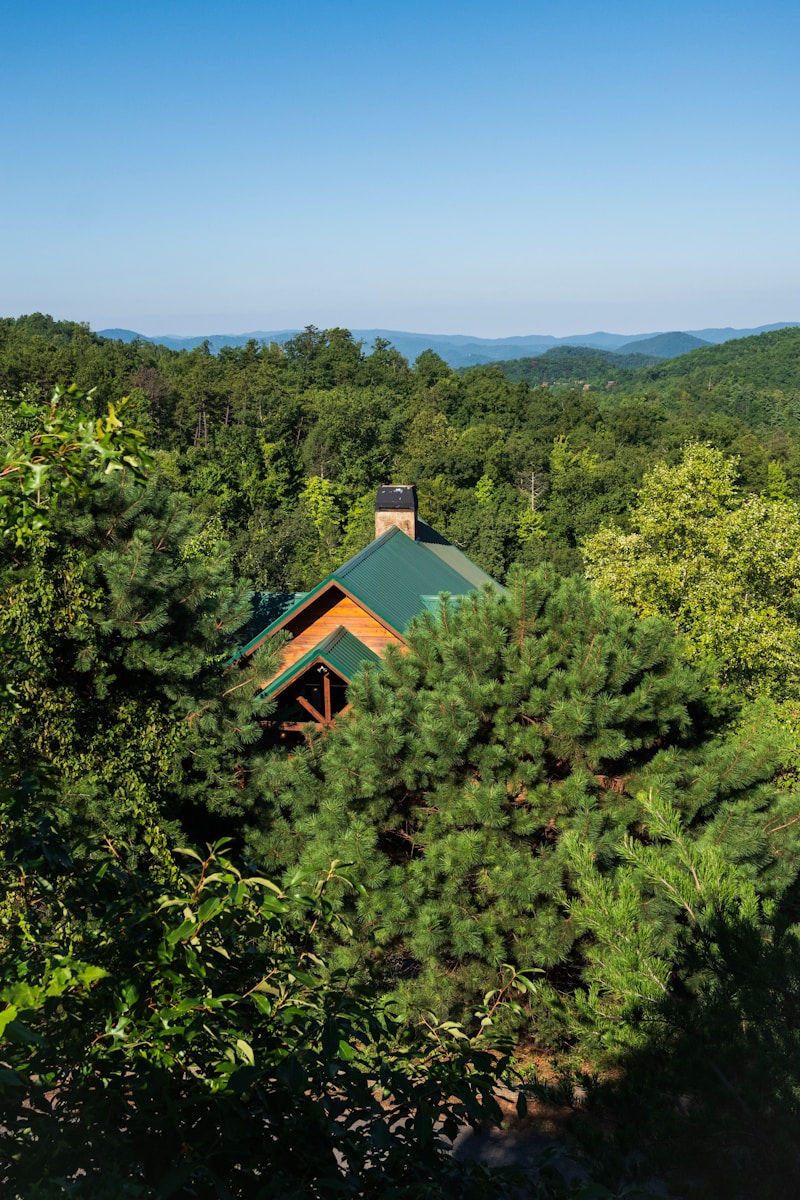
2. **A Glimpse Inside Forest Lodge: The ‘Mini Castle’ Upgrade**Their new destination, Forest Lodge, represents a substantial upgrade in both size and historical grandeur, promising a lifestyle of increased luxury and space. This impressive eight-bedroom listed Georgian mansion is situated inside the expansive Windsor Great Park, offering a more capacious and opulent setting for the family. Described as a “mini castle,” it is poised to become a prominent fixture in the lives of the Wales family, reflecting their evolving status and needs.
The architectural splendor of Forest Lodge is evident in its detailed construction and design elements. The mansion spans three stories, characterized by its distinctive red bricks and elegant Venetian windows. Inside, the property boasts opulent marble fireplaces and sophisticated stucco mouldings, all contributing to an atmosphere of refined historical charm. An grand entrance hall, featuring a barrel vaulted ceiling, provides a suitably majestic welcome to this distinguished residence.
Beyond its architectural beauty, Forest Lodge offers an array of amenities designed for comfort and recreation. The grounds are extensive, encompassing 58 acres of land, which include serene lakes, functional stables, and a meticulously maintained rose garden. For active pursuits, the property is equipped with an outdoor swimming pool and tennis courts. This historic estate, 328 years old and owned by King Charles’s Crown Estate, is estimated to be worth over $20 million, underscoring its significant value and regal lineage.
3. **The Timing and Logic of the Windsor Relocation**The move to Forest Lodge is slated to occur “later this year,” as confirmed by a Kensington Palace spokesperson to CNN, following the circulation of initial rumors. While an official, precise move-in date has yet to be publicly announced, indications suggest that Prince William, Princess Kate, and their children are expected to be fully settled into their new home by Christmas at the very latest. This timeline implies the family will spend the upcoming festive season in their grand new surroundings.
Logistically, the choice of Forest Lodge presents an almost seamless transition for the family, minimizing disruption to their established routines. The mansion is conveniently located just four miles away from their current residence, Adelaide Cottage. This close proximity is a practical advantage, especially for the children, who are already accustomed to living on the Windsor Castle grounds and can continue attending their current schools without the need for a significant change in their educational environment.
The timing also aligns with existing royal traditions, particularly concerning holiday celebrations. The three main holidays – Christmas Eve, Christmas Day, and Boxing Day – are customarily spent with the extended royal family at Sandringham. The family’s settlement in their new Windsor home by Christmas will allow them to fully embrace these traditions, potentially even hosting aspects of the festivities in their upgraded residence, blending personal celebration with long-standing royal custom.
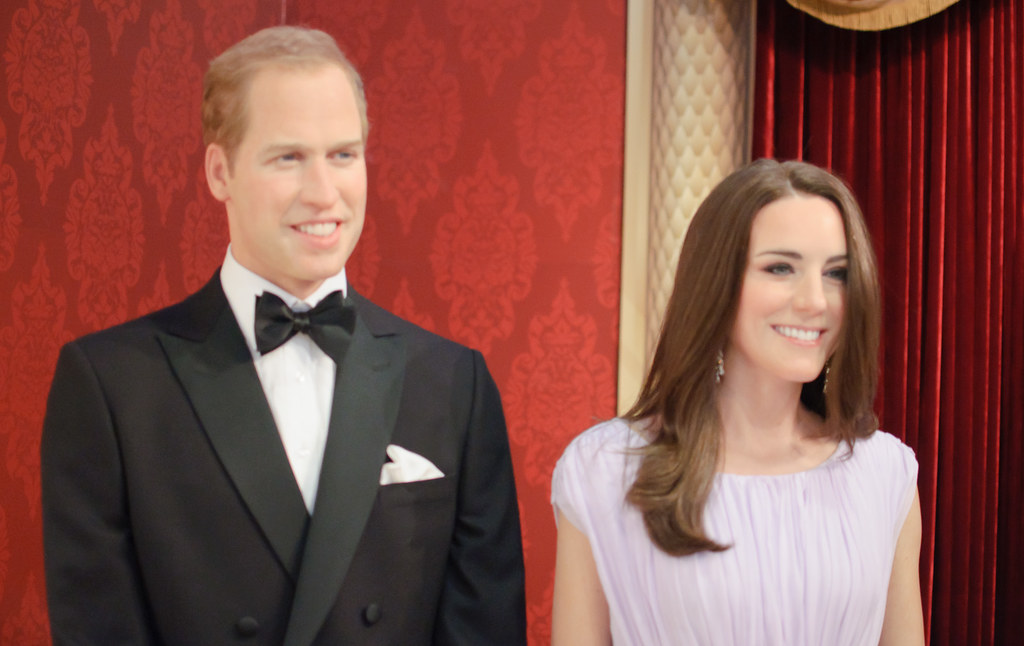
4. **Seeking a ‘Fresh Start’: Overcoming Recent Royal Challenges**A primary motivation behind the decision to relocate appears to be the couple’s profound desire for a fresh start, a yearning for new beginnings after navigating a particularly challenging period. A royal source conveyed to the BBC that, while “Windsor has become their home,” the last few years at Adelaide Cottage have been marked by “some really difficult times.” This suggests a deeper emotional impetus for the move, beyond mere logistical convenience or a desire for more space.
The recent years have indeed been fraught with significant tragedies and personal challenges for the royal couple and the wider monarchy. The passing of Queen Elizabeth II in September 2022, after 70 years on the throne, marked a profound loss. Less than a year and a half later, King Charles III received a cancer diagnosis, necessitating a reduction in his royal duties and placing greater responsibilities on William, as the first in line to the throne, and Kate.
Further compounding these difficulties, March 2023 brought another shocking announcement: Princess Kate also revealed her own cancer diagnosis. Now, with Kate in remission, the prospect of a change of scenery at Forest Lodge is not merely appealing but appears to be deeply therapeutic. As the source aptly put it, the move represents “an opportunity to leave some of the more unhappy memories behind,” allowing the family to heal and forge new, more positive associations in their new, beautiful home.
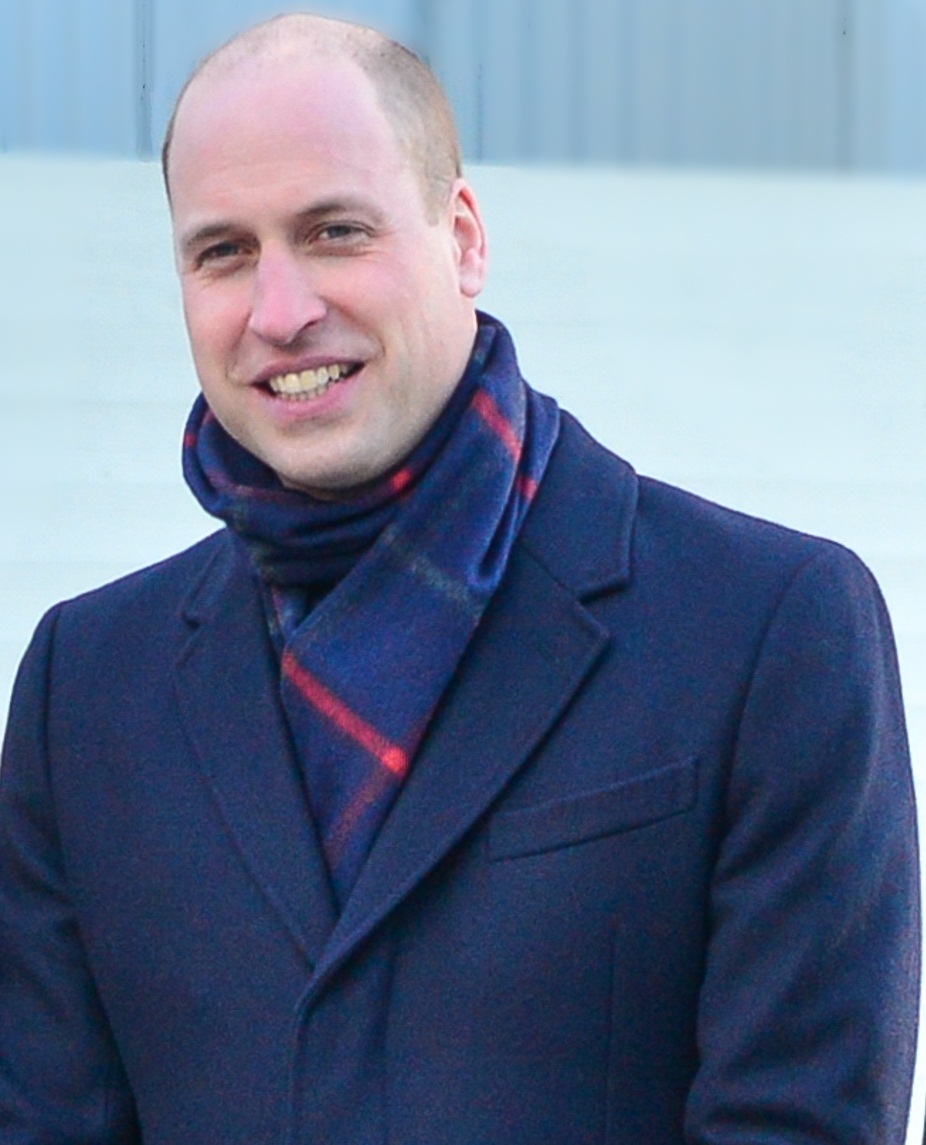
5. **King Charles’ Initial Reservations and the Financial Agreement**When initial rumors about William and Kate’s potential move to Forest Lodge began to circulate, reports emerged indicating that King Charles III harbored reservations regarding the plans. A palace source conveyed that the King was “not too happy” about the couple’s prospective relocation, hinting at a potential disagreement within the royal family over the practicalities and perception of such a significant residential change. This revelation added a layer of intrigue to what appeared to be a straightforward family decision.
Elaborating on the King’s concerns, the source specifically claimed that the extensive renovations required for Forest Lodge were a point of contention. “It’ll take millions to renovate,” the source stated, articulating King Charles’s viewpoint that he perceived it as “an unnecessary extravagance.” This perspective aligns with reports suggesting the King’s preference for a more streamlined and fiscally prudent monarchy, especially in times of public economic scrutiny, making such an expenditure a potential source of royal discord.
However, it appears that any initial tensions surrounding the move have since been effectively resolved, demonstrating a pragmatic approach to familial differences. Media reports indicate that the Prince and Princess of Wales have reached an agreement to personally cover the costs associated with the necessary renovations at Forest Lodge. Furthermore, they will also be paying market rent on their new home, a significant gesture that addresses the King’s reported concerns about the financial implications and demonstrates their commitment to responsible stewardship within the Crown Estate.
Read more about: Beyond the Orphanage: An In-Depth Look at the Grand Production and Enduring Legacy of John Huston’s 1982 Musical Film ‘Annie’
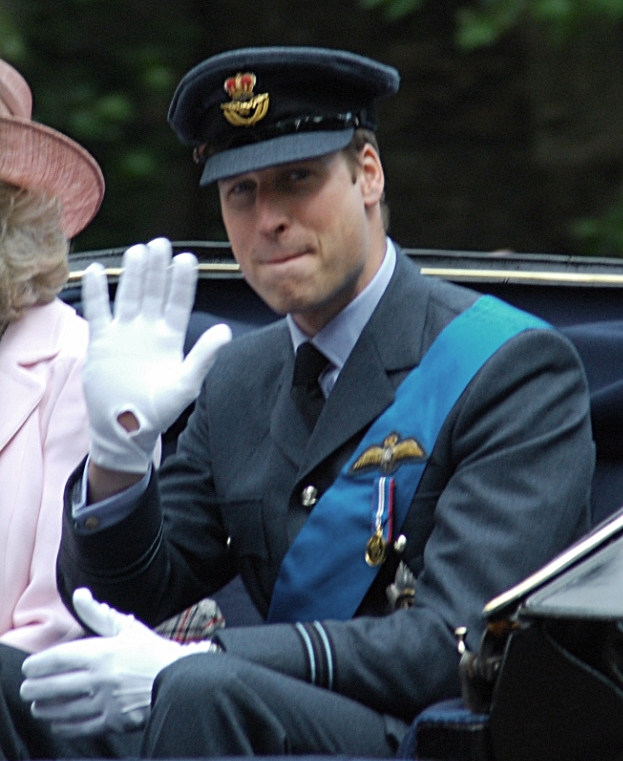
6. **The ‘Forever Home’ Question: William’s Future as Monarch**There is a strong indication that Forest Lodge is envisioned as more than just a temporary residence; it is being considered a potential “forever home” for the Wales family. British media reports suggest that this new property could serve as their permanent base, potentially even remaining their family seat once Prince William ascends to the throne as king. This perspective underscores a significant departure from established royal traditions regarding the monarch’s principal residence and reflects a modern approach to the role of the sovereign.
Traditionally, the official residence for the reigning monarch has been Buckingham Palace in London, a grand symbol of the British monarchy and a hub for state functions. However, the current King Charles III has not actually resided at Buckingham Palace since his childhood. This establishes a precedent for future monarchs to potentially exercise discretion in their primary dwelling, favoring personal preference and practical considerations over strict historical adherence.
Buckingham Palace is currently undergoing extensive renovations, a project not slated for completion until late 2027. King Charles, who presently lives at nearby Clarence House with Queen Camilla, is reportedly “no fan of ‘the big house,’ as he calls the palace.” Sources indicate that he plans to open it to the public rather than move in himself. This evolving attitude towards Buckingham Palace suggests that his son, Prince William, might indeed follow in his footsteps, opting for the more private and family-oriented Forest Lodge as his primary home even as king, thereby reshaping the traditional image of the monarch’s dwelling.”
, “_words_section1”: “1948
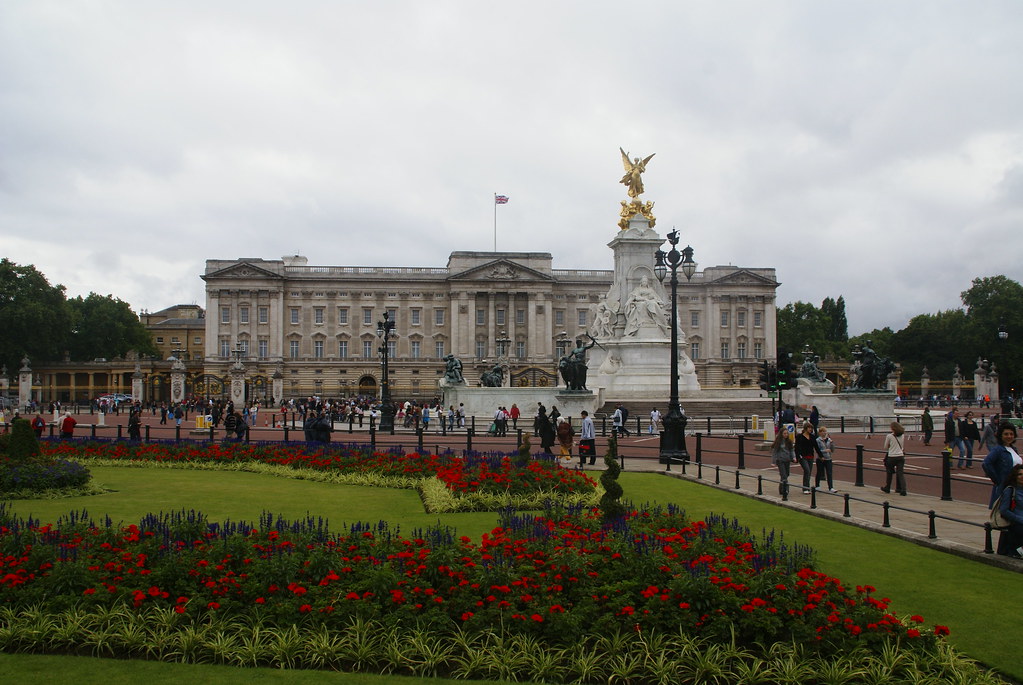
7. **The Evolving Role of Buckingham Palace and the Monarchy’s Future Residences**The contemplation of Forest Lodge as a potential “forever home” for Prince William and Princess Kate introduces a significant discussion about the evolving role of Buckingham Palace within the modern British monarchy. This consideration is not entirely unprecedented, given that King Charles III himself has not resided in Buckingham Palace since his childhood, preferring Clarence House with Queen Camilla. His reported disinclination towards “the big house,” as he terms the palace, and his plans to open it more extensively to the public, establish a clear precedent for his heir.
Buckingham Palace, a grand edifice steeped in centuries of royal history, has long served as the principal administrative headquarters and public face of the monarchy. It is a symbol of state, hosting countless official engagements, banquets, and ceremonial events that define the British Crown. However, its current extensive renovations, projected to conclude in late 2027, underscore its ongoing transformation into a more curated public space rather than a primary private residence for the sovereign.
Should Prince William, upon his eventual ascension, choose to maintain Forest Lodge as his primary family dwelling, it would signal a profound shift in royal residential customs. This choice would prioritize privacy and family life over the traditional grandeur and public prominence associated with Buckingham Palace as a monarch’s home. It would further cement a modern approach to kingship, wherein the monarch’s personal life is geographically separated, to a degree, from the official machinery of state.
This evolving dynamic suggests a deliberate move towards making Buckingham Palace primarily a working palace and a national asset, open to the public, rather than solely a private royal abode. It reflects an ongoing effort to adapt the monarchy to contemporary expectations, balancing historical significance with practical considerations for the private lives of its leading figures. The implications extend to how future generations of royals might perceive and utilize the grand estates under their purview.
Read more about: Beyond the Headlines: Deconstructing the Unprecedented Influence of Catherine, Princess of Wales
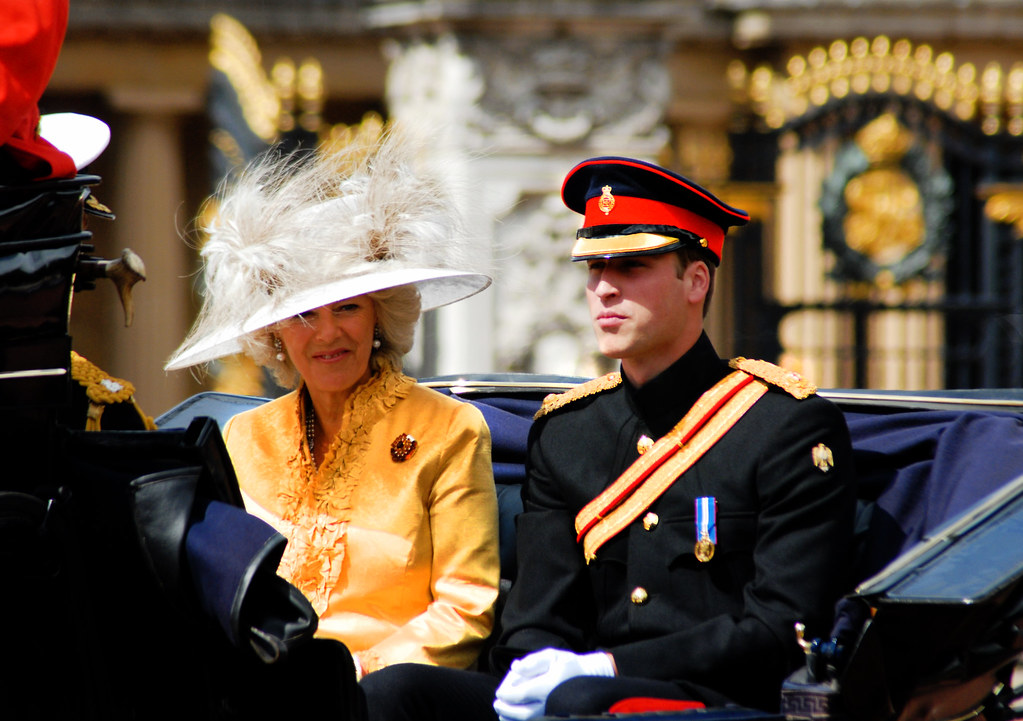
8. **Prince William’s Ascending Influence and Heightened Public Responsibilities**The period leading up to and coinciding with the move to Forest Lodge has witnessed a marked increase in Prince William’s public responsibilities and a heightened profile within the royal family. With King Charles III’s cancer diagnosis and Princess Kate’s subsequent announcement of her own health challenges, the weight of public duty has increasingly shifted towards the Prince of Wales, who stands as the first in line to the throne. This period has seen him stepping up to a more prominent role, undertaking a greater share of royal engagements.
William’s public appearances and statements during this sensitive time have demonstrated a calm and steady demeanor, reinforcing his image as a reliable and compassionate figure capable of leading the monarchy. He has continued to champion causes close to his heart, such as environmental initiatives through the Earthshot Prize, which seeks innovative solutions to global ecological challenges. This commitment to long-term impactful projects showcases a forward-thinking approach to his royal duties, echoing his mother’s legacy of social engagement.
The proximity of Forest Lodge to Windsor Castle, a critical royal hub, provides an ideal base for William to manage his expanding responsibilities effectively. This strategic location allows for easy access to London for official duties while offering the family the desired privacy and space. It is a practical arrangement that supports his growing role as a senior working royal, ensuring he can dedicate himself to state affairs while maintaining a stable home environment.
Moreover, his increasing public visibility has positioned him as a central figure in addressing contemporary issues facing the monarchy, including reflections on its colonial legacy. While navigating complex familial relationships, William has also spoken out against racism, affirming that it “has no place in our society.” This demonstrates a willingness to engage with challenging societal conversations, further defining his path as a future king who is attuned to modern sensibilities and expectations.
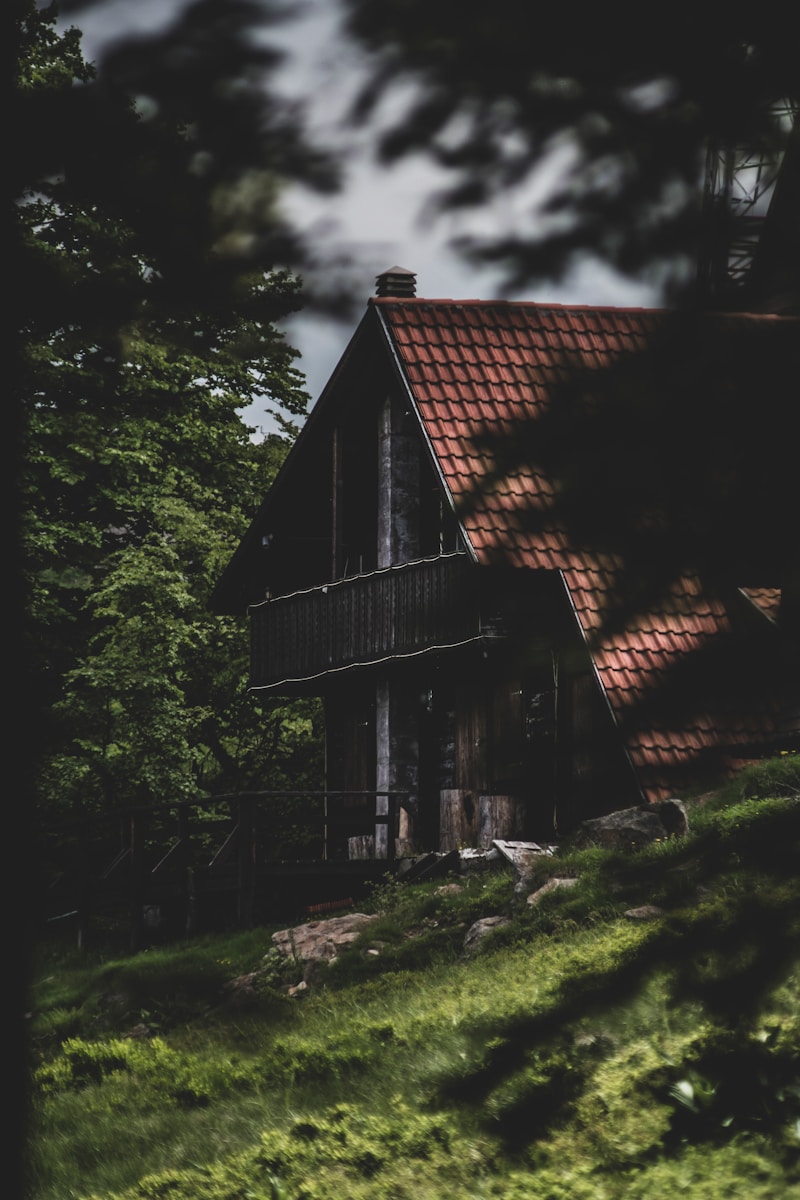
9. **Cultivating a Grounded Family Life Amidst Royal Demands**A consistent priority for Prince William and Princess Kate has been the cultivation of a grounded and relatively normal upbringing for their three children, Prince George, Princess Charlotte, and Prince Louis. This ethos, which defined their tenure at Adelaide Cottage with its absence of live-in staff, is set to continue at Forest Lodge, despite the significant upgrade in scale and luxury. The move underscores their unwavering commitment to shielding their children from excessive public scrutiny, as much as royal life allows.
The choice of Forest Lodge, conveniently situated just four miles from Adelaide Cottage within Windsor Great Park, plays a crucial role in maintaining this desired normalcy. This close proximity ensures that the children can continue attending their current schools without disruption, preserving a vital element of stability in their young lives. Such continuity in their educational and social environments is paramount for children growing up under the immense pressure of being future royals.
This approach deeply reflects the lessons learned from Prince William’s own childhood. His mother, Princess Diana, famously endeavored to expose him and Prince Harry to experiences beyond royal privilege, including public transportation and visits to ordinary establishments and charities. William has openly acknowledged finding solace in the Scottish outdoors during difficult times, suggesting an appreciation for environments that offer a degree of freedom and connection to the natural world, which Forest Lodge’s 58 acres could provide.
By establishing Forest Lodge as their “forever home,” the couple aims to create a stable, private sanctuary where their children can develop a strong sense of identity and resilience. This deliberate strategy of fostering a grounded family life within the confines of royal duty is a modern interpretation of their roles, seeking to equip George, Charlotte, and Louis with the emotional and practical foundations necessary for their unique destinies. It highlights a personal choice to balance their public obligations with the profound importance of familial well-being.
Read more about: Decoding Destiny: Which Zodiac Signs Are Truly Poised for Riches (And Which Face a Steeper Climb)?
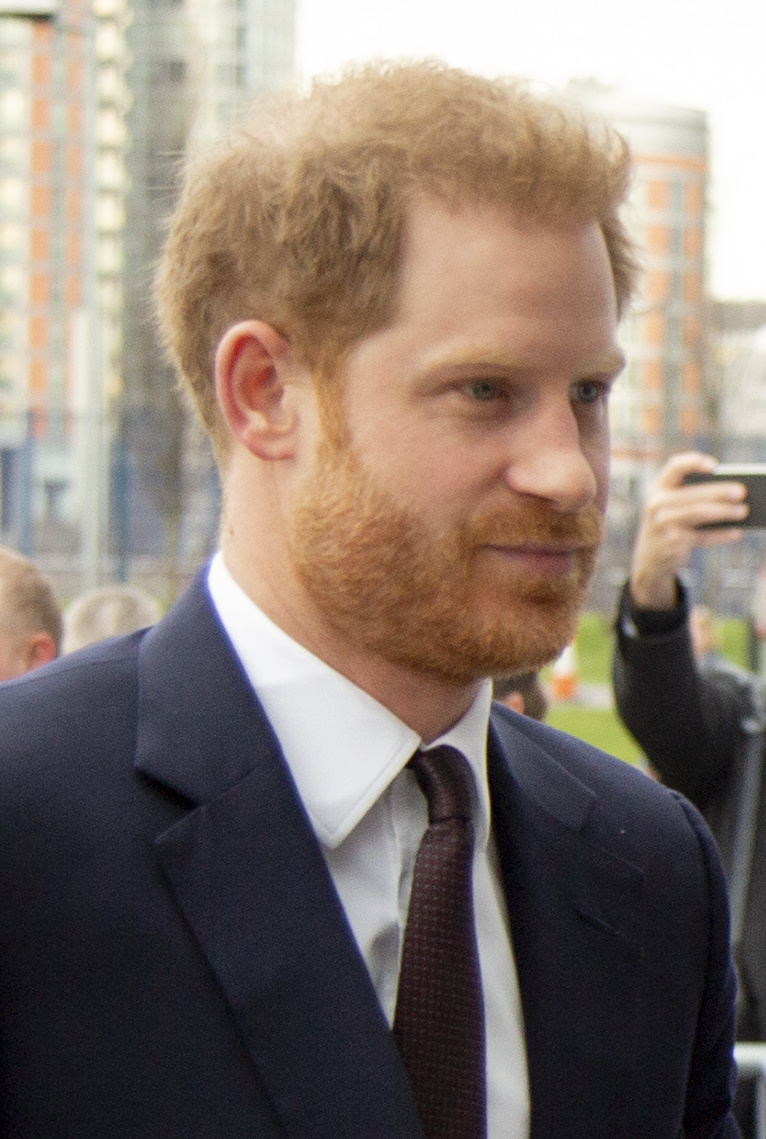
10. **The Persistent Complications in William’s Relationship with Prince Harry**Even as Prince William and Princess Kate embark on a new chapter at Forest Lodge, the complexities of William’s relationship with his younger brother, Prince Harry, remain a persistent and publicly scrutinized challenge for the royal family. Recent events have underscored the depth of this rift, with reports indicating a continued lack of communication and trust between the siblings, casting a shadow over potential familial reconciliation.
A recent incident, where Prince William was reportedly “blindsided” by King Charles III’s private meeting with Prince Harry, highlighted the ongoing tensions. According to a source close to Prince William, he “only found out about King Charles’ private meeting with Prince Harry at the very last minute,” just before the King headed to Clarence House. The insider further claimed that William “had no idea Harry was on the schedule — and certainly wasn’t asked for input,” suggesting a deliberate exclusion.
The source went on to articulate a significant insight into William’s perspective, stating, “If William had been consulted, he would have tried to block it.” This assertion points to a deep-seated disagreement over engagement with Harry and a clear sentiment that Charles proceeded “quietly” precisely to avoid William’s intervention. Such revelations indicate that the “deep wounds” within the family, as Queen Camilla is said to acknowledge, are far from healed and continue to influence internal dynamics.
The public airing of grievances by Prince Harry and Meghan, Duchess of Sussex, particularly regarding allegations of “unconscious bias” within the family, has undoubtedly contributed to the strained relationship. These claims, made amidst broader scrutiny of the monarchy’s colonial legacy, have created significant public and personal challenges for William. Despite Harry expressing a desire for reconciliation and having “forgiven” the family, the path to mending the fraternal bond appears arduous and uncertain, impacting the collective public image of the House of Windsor.
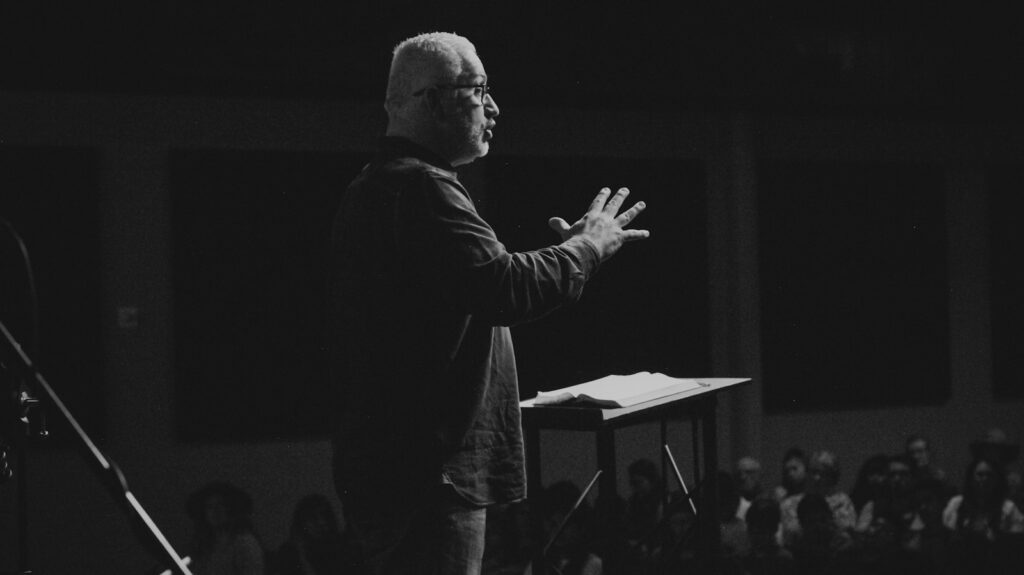
11. **Reinforcing Public Image: Adaptability and Responsible Modernity**The decision by Prince William and Princess Kate to relocate to Forest Lodge, coupled with their specific arrangements for the move, serves to reinforce a carefully curated public image of adaptability, modernity, and fiscal responsibility. In an era where monarchies globally face increasing scrutiny, their choices reflect a strategic effort to align royal living with contemporary public expectations, demonstrating a willingness to evolve without abandoning tradition entirely.
A key aspect of this image reinforcement is their financial agreement regarding Forest Lodge. Reports that William and Kate will personally cover the costs of necessary renovations and pay market rent directly address King Charles III’s initial reservations, who reportedly viewed extensive renovations as “an unnecessary extravagance.” This proactive stance not only assuaged potential royal discord but also conveyed a powerful message to the public about their commitment to responsible stewardship of resources and avoiding perceived lavishness.
This approach contrasts sharply with historical perceptions of royal privilege and reinforces their persona as diligent working royals who are mindful of public sentiment. By choosing a home that is both grand and practical, and by taking personal financial responsibility for its upkeep, they project an image of being grounded and relatable, even as they occupy one of the most visible positions in global society. It is a subtle yet effective way to navigate the delicate balance between regal status and everyday concerns.
Their commitment to raising their children “as normally as possible” in a private setting further enhances this image of relatable modernity. The relocation to a family-oriented residence near their children’s schools, while still within the royal orbit, underlines their dedication to familial stability. This decision, prioritizing their children’s well-being and a semblance of normalcy, resonates positively with a public that values strong family foundations, presenting the monarchy as both accessible and forward-thinking.

12. **Forest Lodge: A New Horizon for the House of Windsor**The move to Forest Lodge transcends a mere change of address; it represents a significant reorientation for the House of Windsor and a tangible manifestation of Prince William and Princess Kate’s vision for the future monarchy. This relocation is not only a practical response to immediate family needs and personal challenges but also a strategic statement about how the institution intends to adapt to modern realities, both public and private.
This new chapter at Forest Lodge embodies a fresh start, offering a healing sanctuary for the family after a period marked by profound loss and health struggles. The carefully chosen environment, offering space, privacy, and continuity for their children’s education, provides a stable foundation from which William can manage his increasing responsibilities as heir apparent. It is a home designed to support both the demanding public duties and the vital private life of a future king and queen.
Furthermore, the decision to potentially establish Forest Lodge as a “forever home,” coupled with King Charles III’s own disinclination to reside at Buckingham Palace, signals a broader institutional shift. It suggests a future where the monarch’s primary residence might be chosen more for personal suitability and family convenience than for strict adherence to historical tradition. Buckingham Palace, in this evolving landscape, appears poised to become primarily a working palace and a grand public monument, rather than a family dwelling.
Ultimately, Forest Lodge symbolizes a deliberate step towards a more adaptable and grounded monarchy. It reflects William and Kate’s commitment to balancing the demands of their royal roles with their desire for a stable, private family life, drawing strength from a blend of tradition and modernity. This move is not just about a house; it is about setting a course for the future of the British monarchy, emphasizing resilience, adaptability, and a deep human connection in an ever-changing world. It underscores their unwavering dedication to both the Crown and their family, striving for a future where both can thrive authentically.
The journey of Prince William and Princess Kate to Forest Lodge, therefore, is more than a personal relocation. It is a narrative woven into the larger tapestry of the monarchy’s enduring evolution, reflecting a meticulous balance between the weight of history and the aspirations for a modern, relevant future. Their choices illuminate a path where personal well-being and royal duty are not mutually exclusive, but rather intertwined, guiding the House of Windsor into its next significant chapter.

